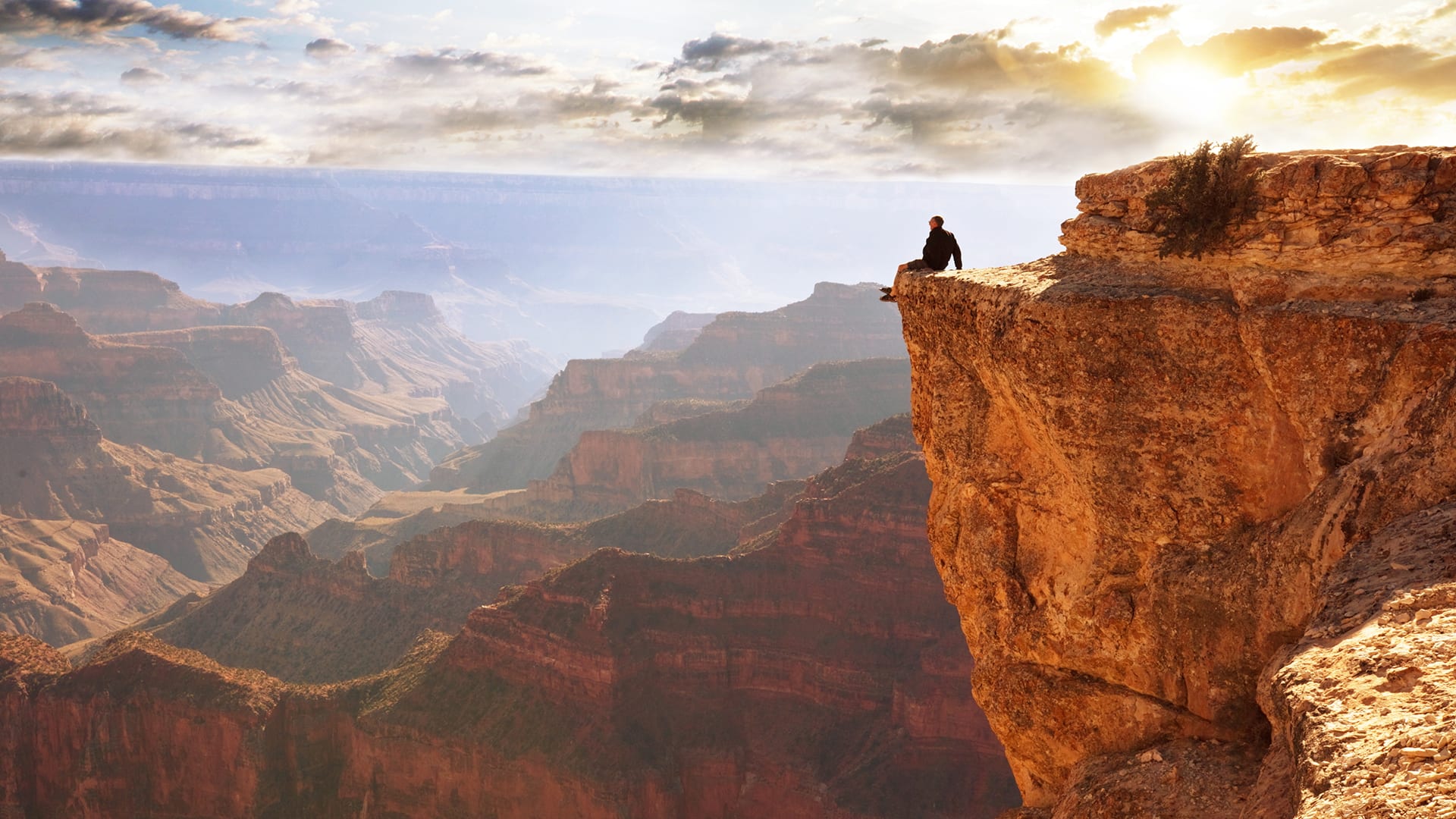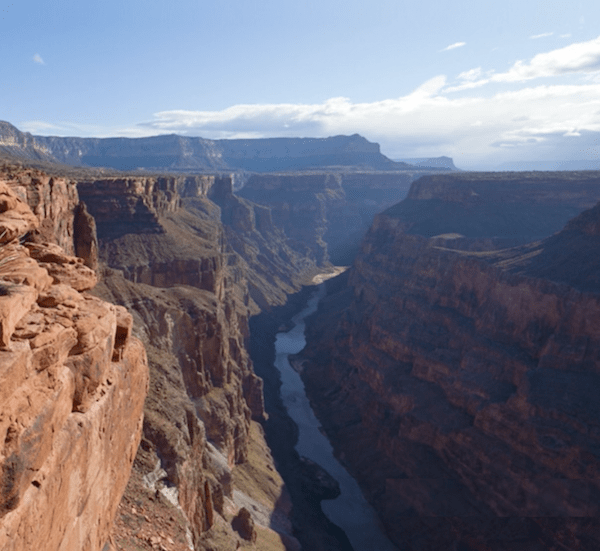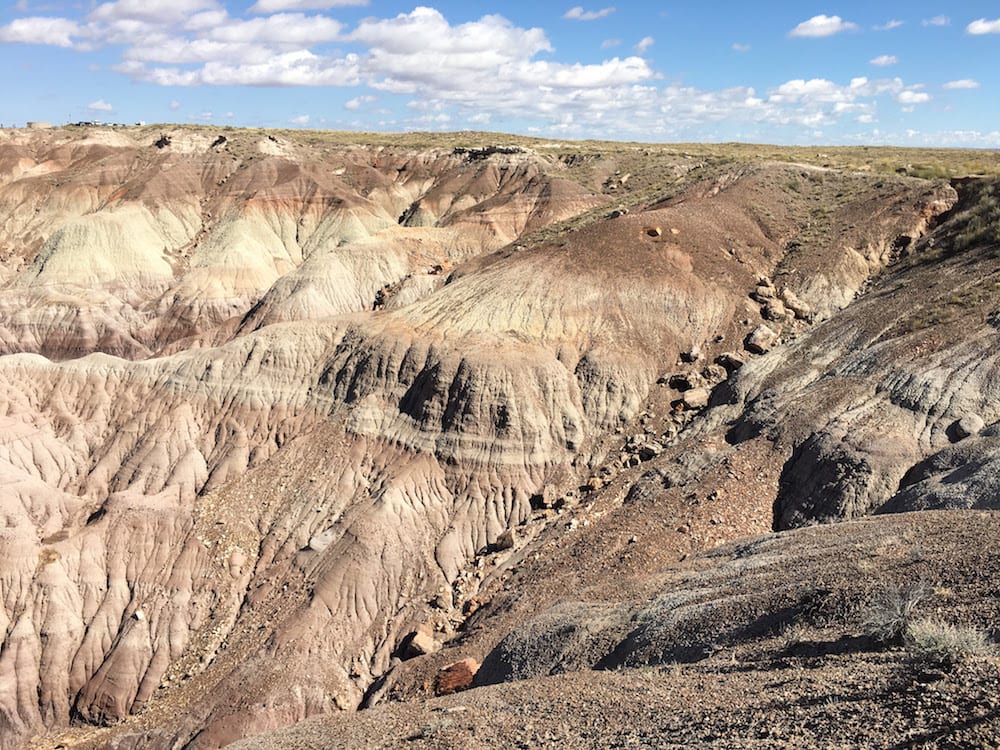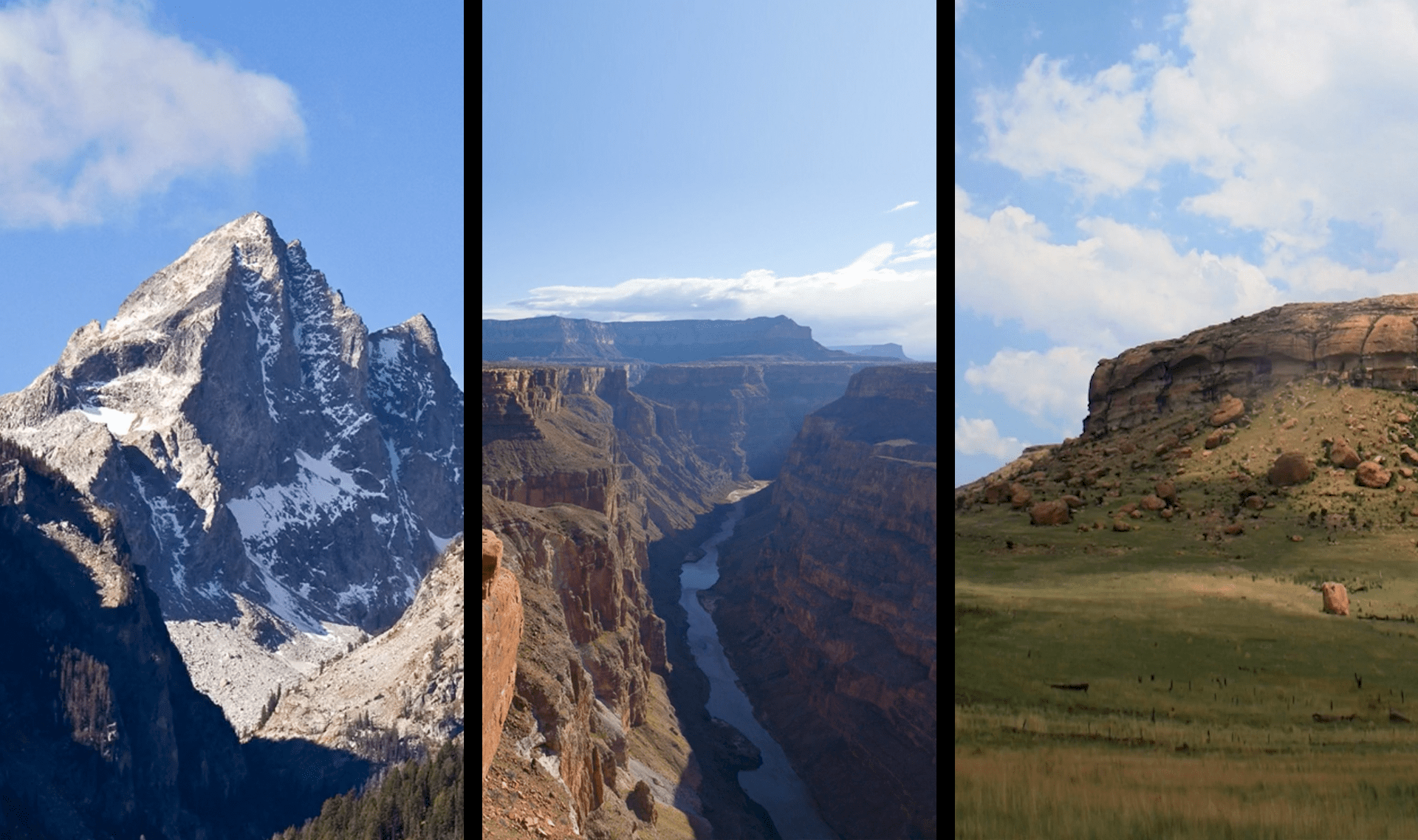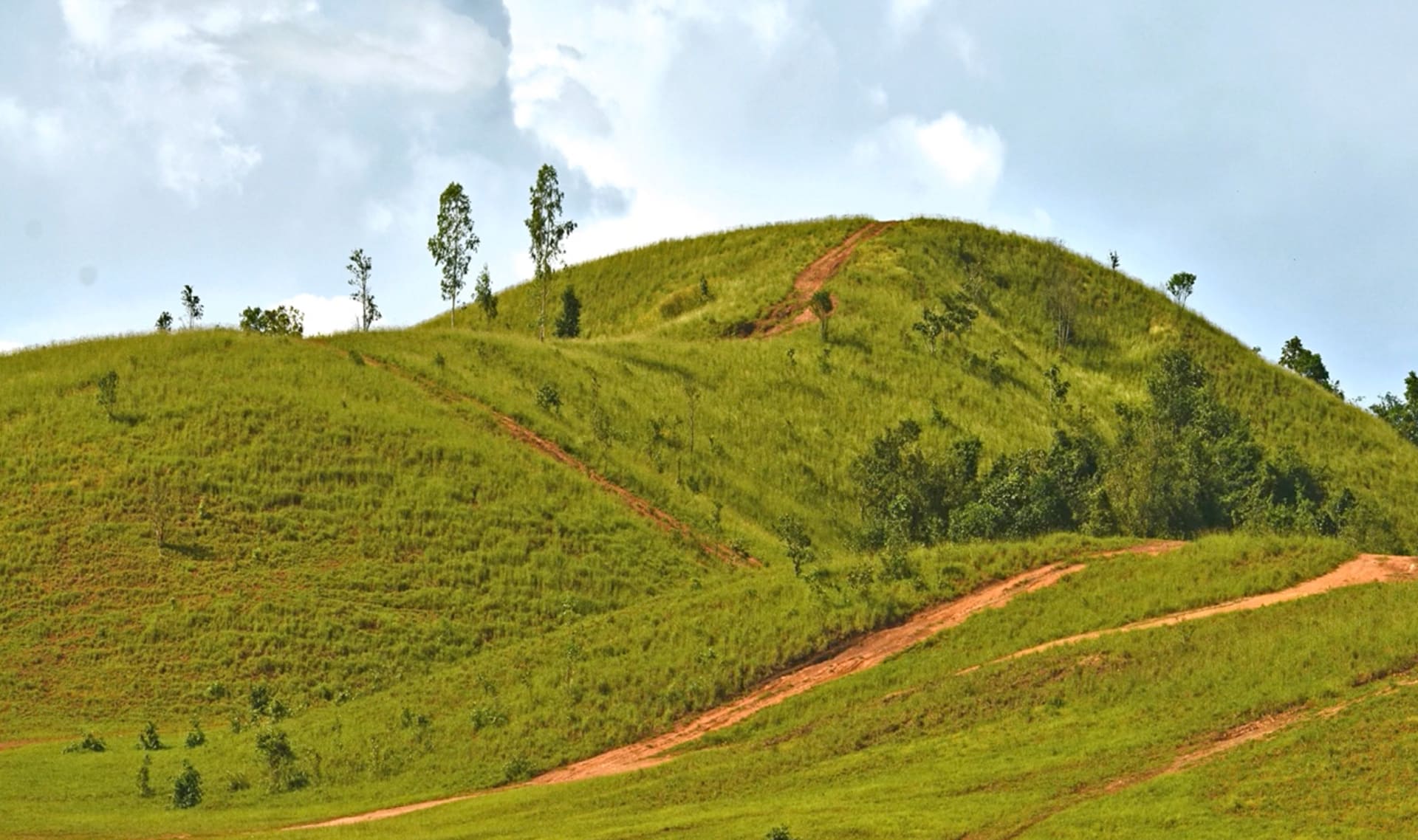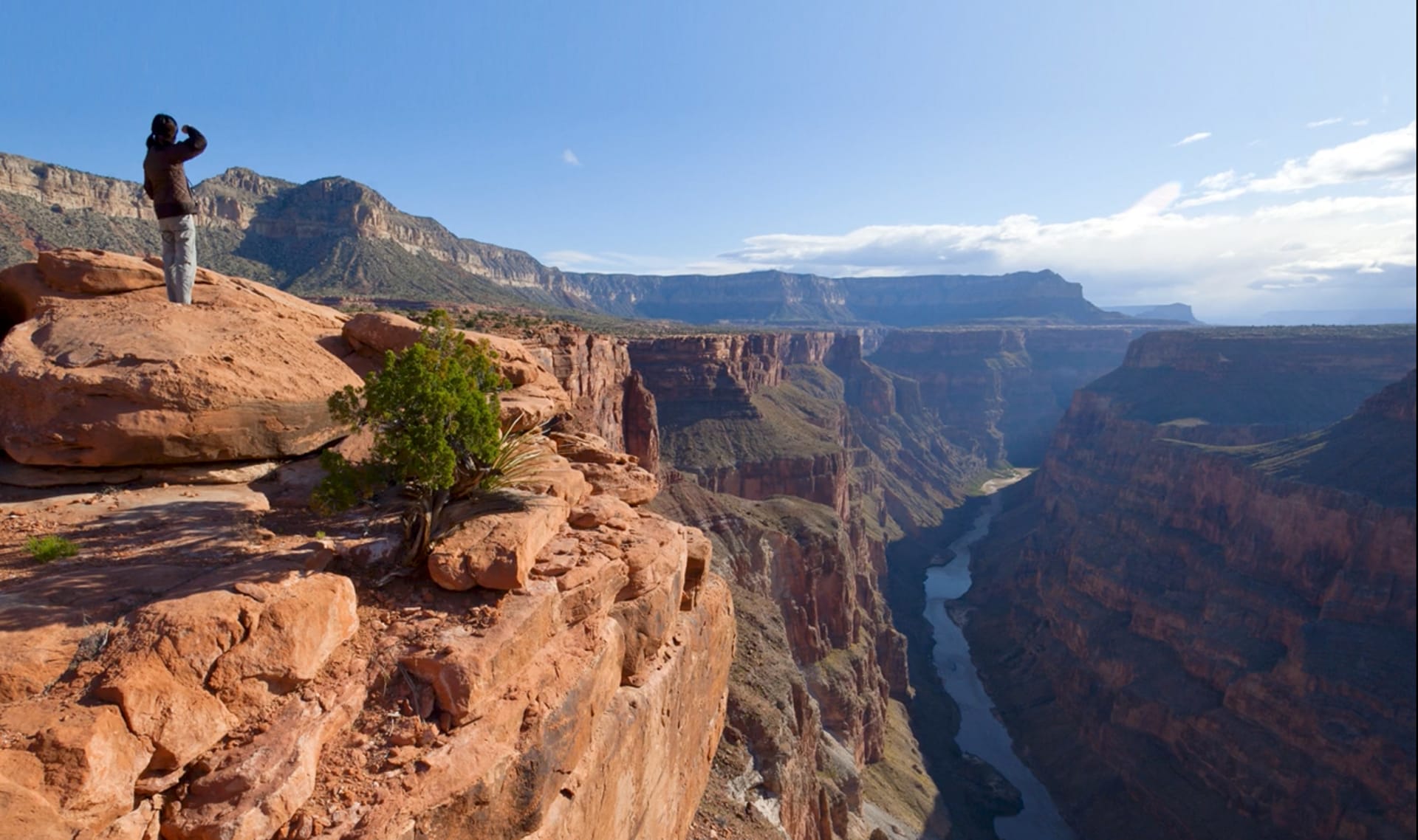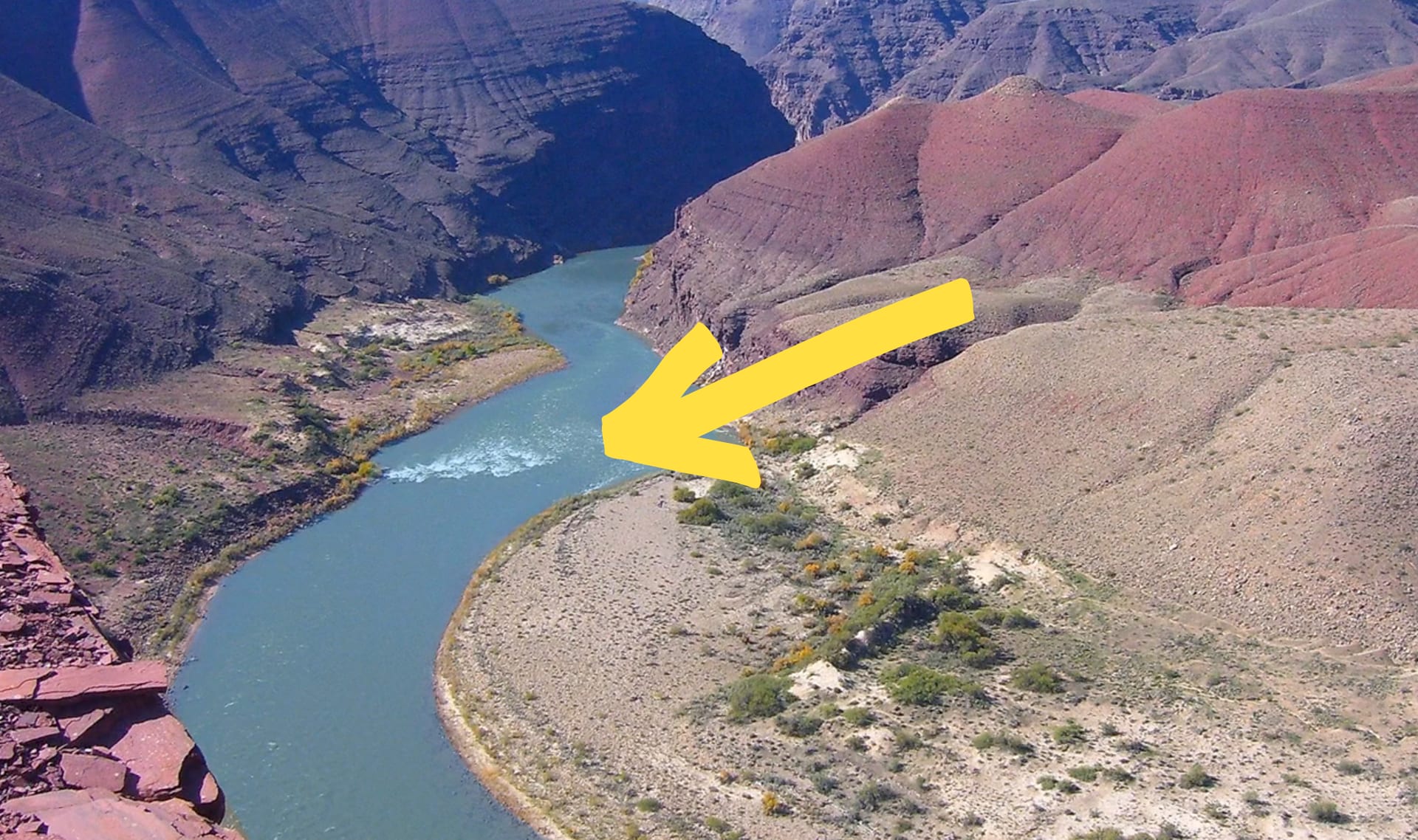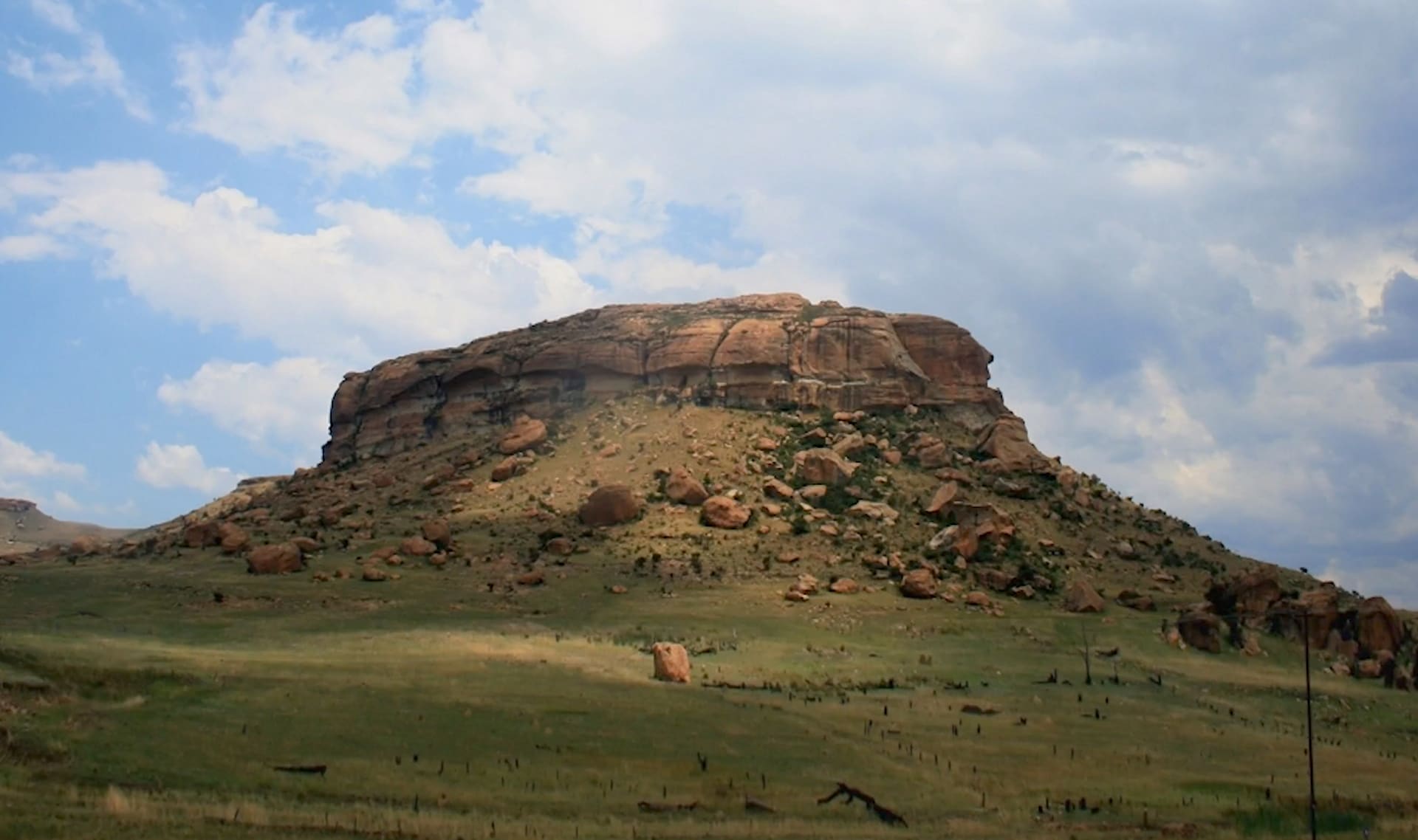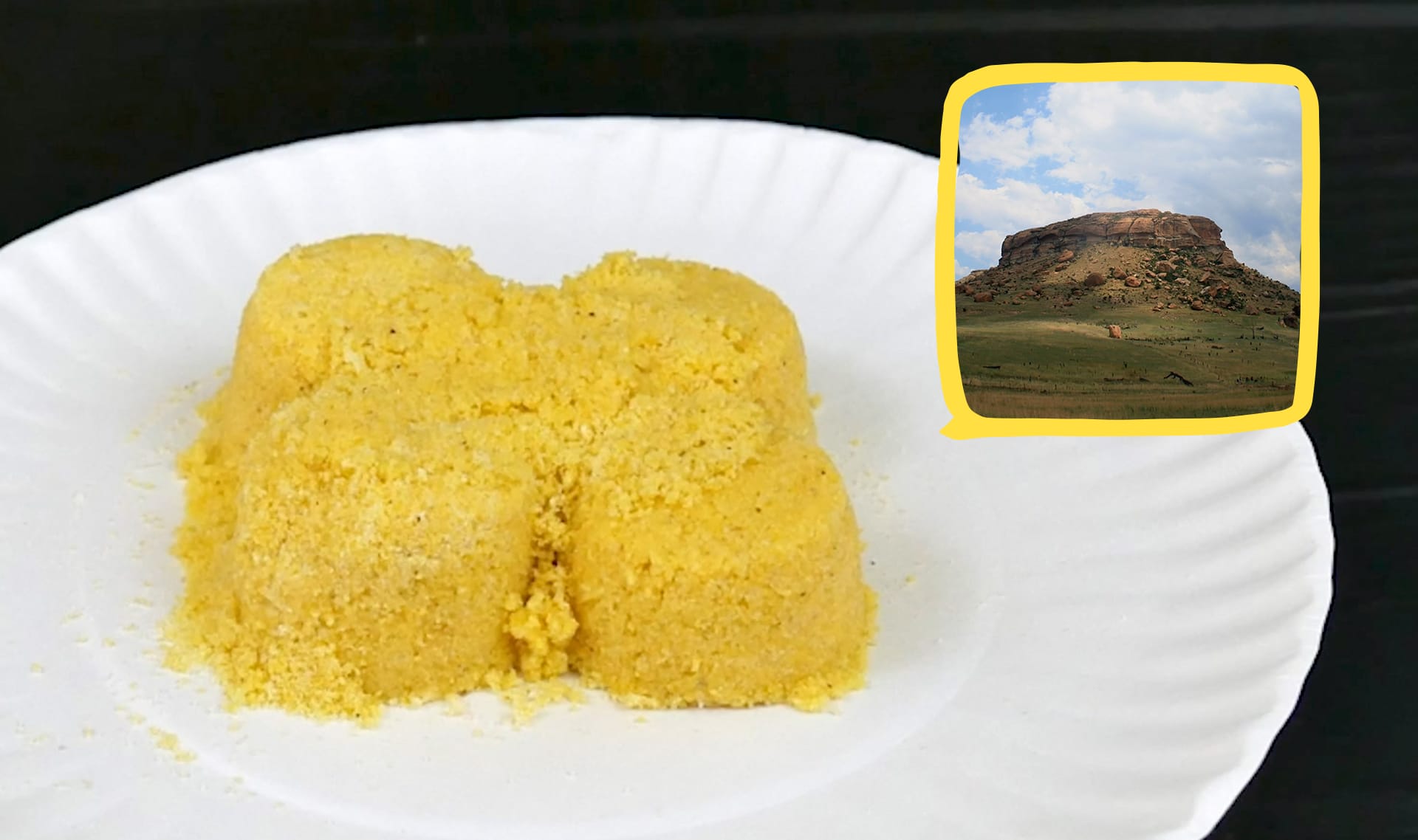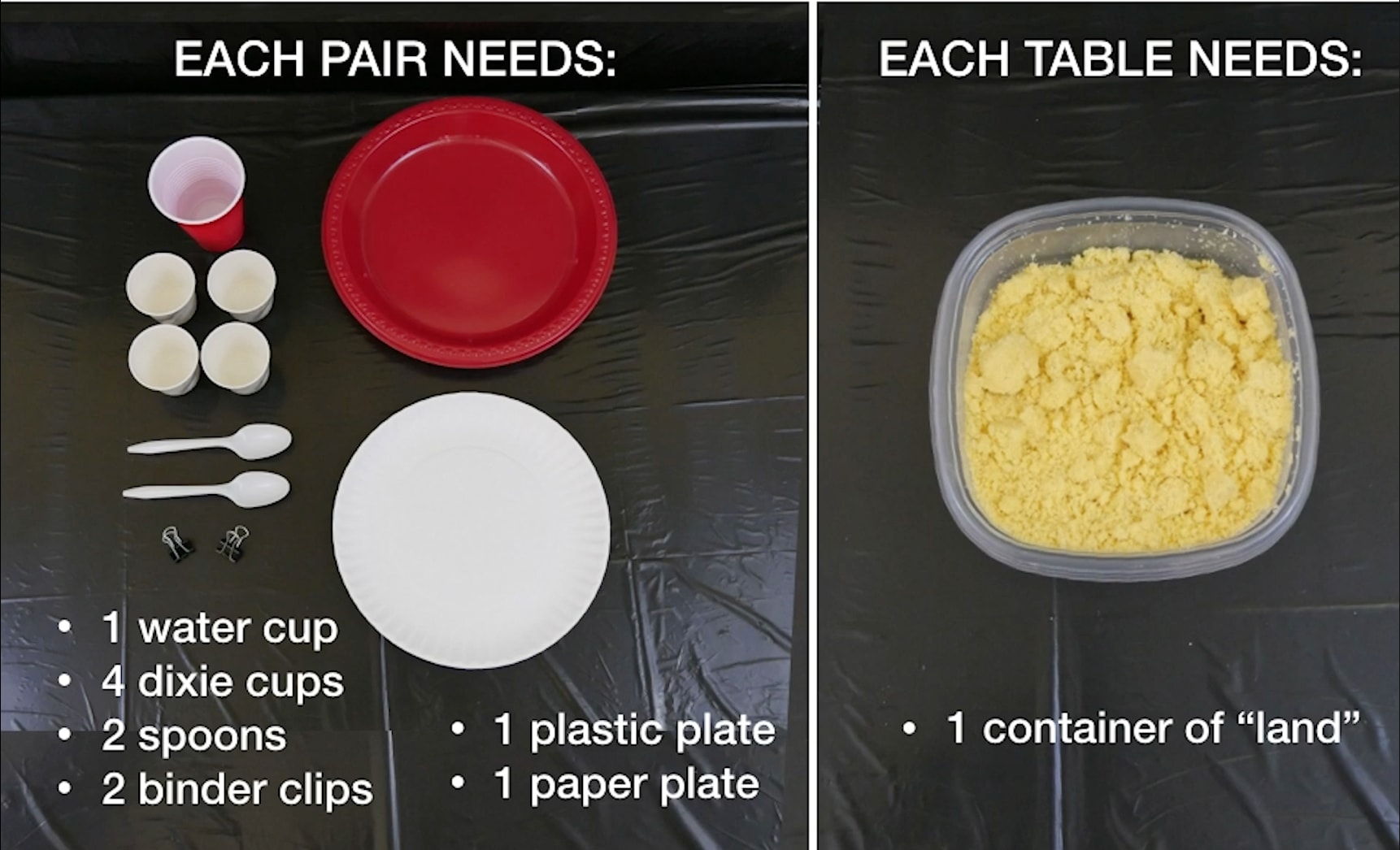Mystery Science respects the intellectual property rights of the owners of visual assets.
We make every effort to use images and videos under appropriate licenses from the owner or by
reaching out to the owner to get explicit permission. If you are the owner of a visual and
believe we are using it without permission, please
contact us—we will reply promptly and make
things right.
Exploration
plains by
The American Bazaar
Avalanche Canyon by
Acroterion
kid looking out car window by
Image used under license from Shutterstock.com: Zurijeta
Rocky Mountain National Park by
Vin Kohl
Grand Canyon by
Image used under license from Shutterstock.com: Bryan Busovicki
looking out at the Grand Canyon by
Image used under license from Shutterstock.com: kojihirano
kid exploring slot canyon by
Image used under license from Shutterstock.com: mhgstan
walkthrough of Lower Antelope Canyon by
Prouisorsapientiae
slot canyon hike by
Nature for Kids
South Napa earthquake by
Dan Ponti (USGS)
Kumamoto, Japan earthquake by
Image used under license from Alamy.com: Aflo Co. Ltd.
aerial view of Grand Canyon by
Image used under license from Shutterstock.com: Sam Chadwick
kid walking through slot canyon by
Utah Physical Therapy - Lehi
Antelope Canyon flash flood by
manzonbo
water splash by
Image used under license from Shutterstock.com: Fisher Photostudio
excavator by
Image used under license from Shutterstock.com: smereka
Lower Antelope Canyon flood by
TheMrByrom
rafting in the Grand Canyon by
Miguel Filipe
outpour from gutter by
Habitat Gardens
ditch by
USDA NRCS Photo Gallery
channel by
Landscape Drainage Solutions
backyard erosion by
Catholic Mom Apologia
Activity
flat mountain by
Bluesnap
prairie dogs by
Image used under license from Shutterstock.com: nhtg
four prarie dogs by
Image used under license from Shutterstock.com: scooperdigital
Fry Canyon by
Image used under license from Shutterstock.com: Malgorzata Litkowska
alluvial fan by
NPS Archives (USGS)
coastal landslide by
USGS

